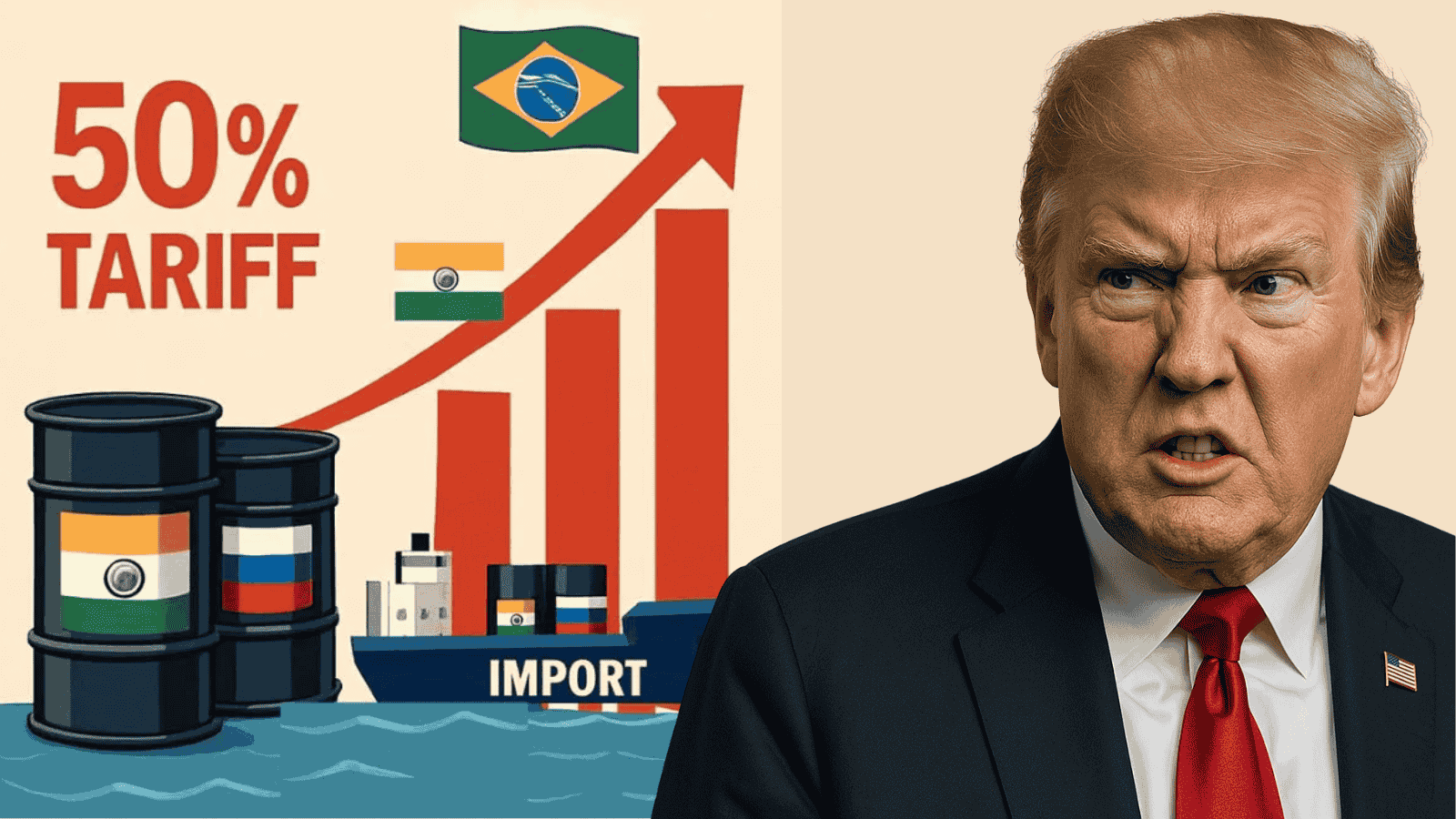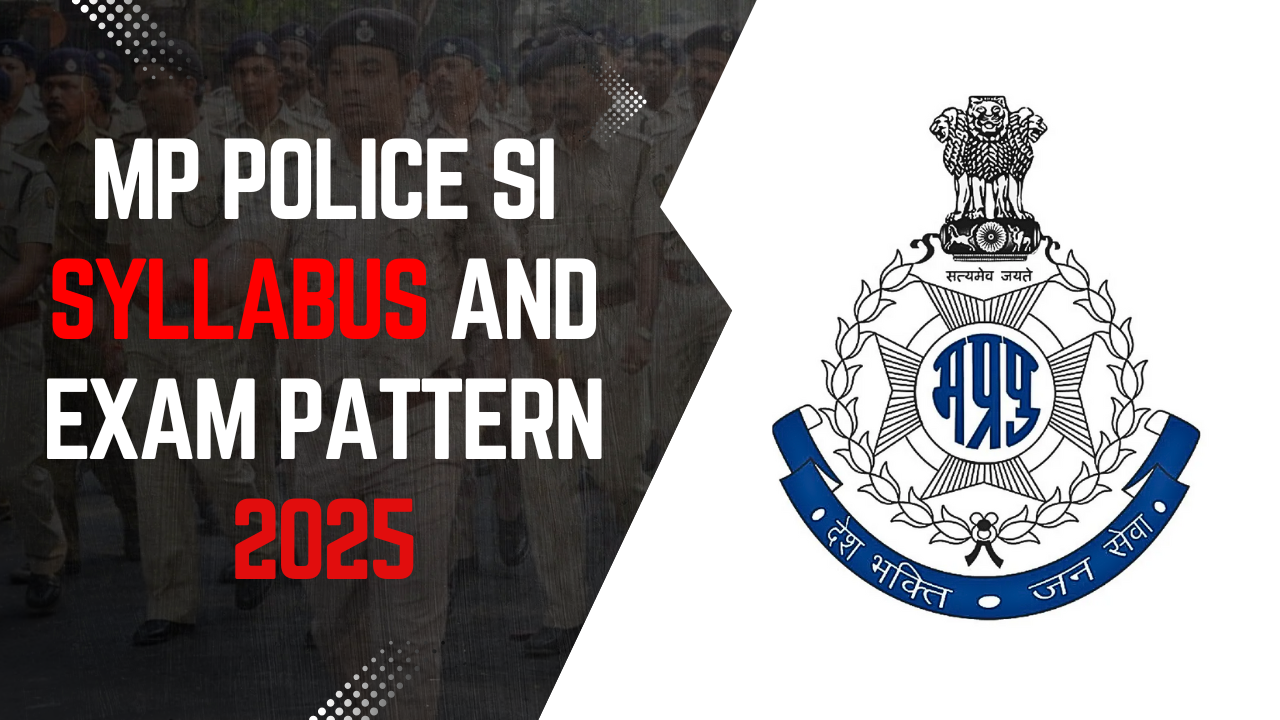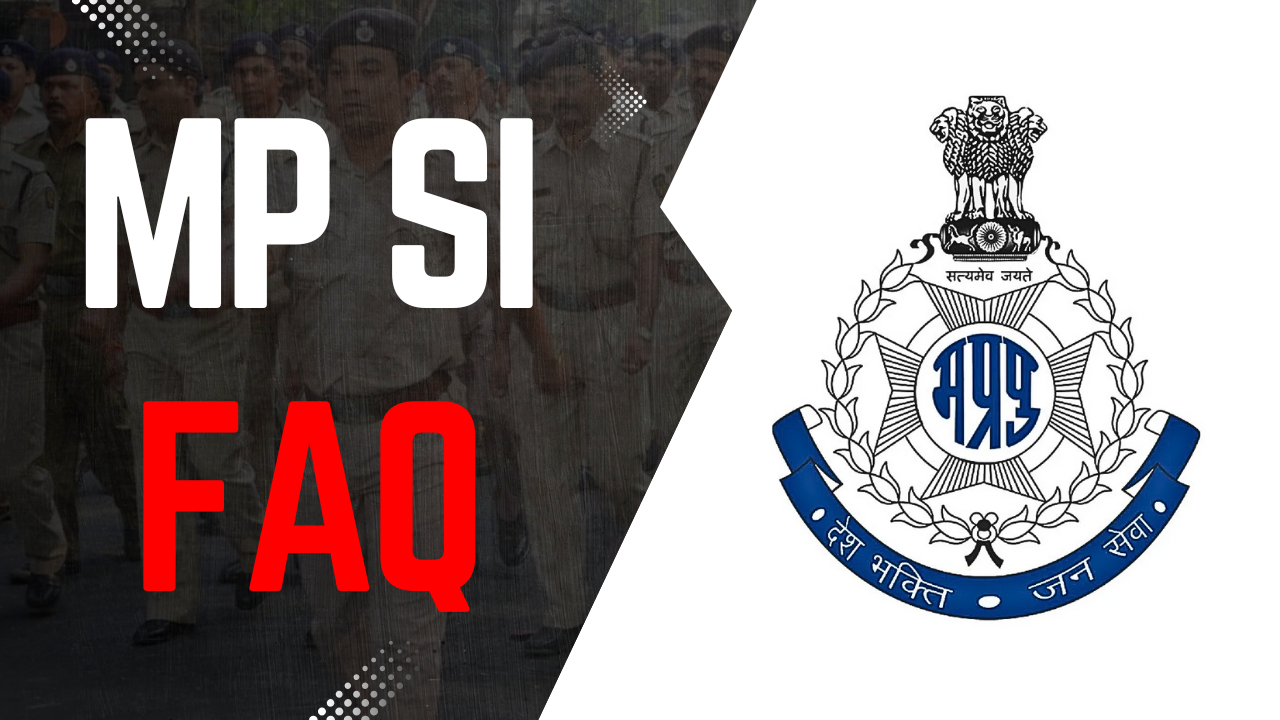Article
H2: Trump’s Double Tariff on India: What Happened?
US President Donald Trump has announced an additional 25% tariff on imports from India, taking the total tariff to 50%—the highest imposed on any country. This punitive step was announced on 6 August 2025, citing India’s imports of Russian oil as the formal reason. India has termed the move “unfair, unjustified, and unreasonable.”
H2: Economic Context and Trade Equations
H3: India’s Oil Dependence on Russia
In the first half of 2025, India imported roughly 1.75 million barrels per day of crude oil from Russia—about 35% of total crude imports.
Before 2022, Russia’s share was less than 0.2%; after the Ukraine war and Western sanctions, discounted Russian crude drove a sharp rise in imports.
H3: The Trade Deficit Debate
In FY 2024-25, India-US bilateral trade was about $131.84 billion; India exported $86.51 billion and imported $45.33 billion—i.e., a trade surplus of about $41.18 billion in India’s favor.
Some experts (e.g., GTRI) argue that if you include US earnings from education, digital services, IP, and defense sales, the US enjoys an overall surplus of $35-40 billion with India.
H2: Assessing the Economic Impact
H3: Impact on GDP and Growth
If the 50% tariffs persist, India’s GDP growth could dip by around 0.3 percentage points; some estimates warn of a decline of more than half a percentage point.
H3: Sector-wise Sensitivities
Most impacted sectors:
Gems and jewelry
Textiles and apparel
Pharmaceuticals
Chemicals and organics
Marine products and agricultural exports
Less impacted/indirect:
IT services (outside the tariff’s direct scope)
Steel/aluminum (covered under separate arrangements)
Electronics/semiconductors (currently exempt)
Note: A large share of India’s roughly $86.5 billion exports to the US falls under higher tariffs, with added pressure on labor-intensive sectors.
H3: Employment and MSME Impact
MSMEs/SMEs have limited buffers to absorb cost shocks. Labor-intensive sectors like textiles, carpets, and food processing may face job risks as orders shift to suppliers facing lower tariffs.
H2: Strategic and Geopolitical Dimensions
H3: Trump’s “Balanced Trade” Approach
Trump prioritizes “balanced trade (zero deficit)” as “fair trade” over free trade—hence tariffs on allies such as Canada, the UK, and Australia.
Core objectives behind pressure on India:
Open Indian markets for higher US exports
Increase India’s purchases of US defense/energy
Reduce/eliminate the bilateral trade deficit
H3: India’s Immediate and Long-term Options
Short term:
Raise purchases of US LNG
Expand defense procurement from the US
Consider tariff reductions on select US industrial products
Long term:
Export diversification (greater focus on the EU, ASEAN, UK)
Accelerate domestic manufacturing (Make in India)
Improve supply chains and logistics
Explore alternative settlement/payment mechanisms
H3: The Energy Security Dilemma
Replacing 1.75 million bpd of Russian crude will be difficult and costly—India’s annual import bill may rise by $9–11 billion.
Possible alternatives: Iraq, Saudi Arabia, UAE—but with price/availability risks.
H2: BRICS and Multilateral Perspective
BRICS countries have called unilateral tariffs inconsistent with WTO rules; work has accelerated on alternative payment systems (e.g., “BRICS Pay,” CIPS).
Trump has warned of an additional 10% tariff on countries taking BRICS-supportive steps—potentially widening the conflict.
H2: Regional Comparison and Context
With a 50% tariff, India is among the most heavily taxed US trading partners:
Brazil: 50%
Canada: 35%
Bangladesh: 37%, reduced to 20% after talks
European Union: 15% (under a framework arrangement)
Taiwan: 20%
This could weaken India’s “China+1” and “friend-shoring” strategies and reverse recent gains in manufacturing investment.
H2: Exam-Useful Points (Bullet Form)
Key facts:
US imposes a total 50% tariff on India; formal reason: Russian energy imports
India’s goods trade surplus with the US: ~$41 billion (FY24-25)
Potential GDP growth hit: ~0.3–0.5 percentage points
Most affected sectors: gems-jewelry, textiles, pharma, marine/agri
Short-term strategy: US LNG/defense purchases, tariff-cut negotiations
Long-term strategy: export diversification, manufacturing/logistics reforms
Data/definitions:
Tariff: A tax on imports that raises prices for domestic consumers
Trade deficit/surplus: Difference between import and export values
Balanced trade: Zero deficit—priority for the Trump administration
Why this matters for your exam preparation
For Prelims: WTO rules, tariff impacts, India–US relations facts, energy import mapping, Strategic Petroleum Reserves.
For Mains GS-II: Impact of bilateral ties on India’s interests; effect of developed country policies; regional/global groupings (BRICS, QUAD) and economic diplomacy.
For Mains GS-III: Foreign Trade Policy, energy security and import dependence, impact of global developments on India’s economy, industrial policy and Make in India.
Essay practice: Economic sovereignty vs interdependence; strategic autonomy and economic interests; energy security and national security.
Skill-building: Data-backed arguments, understanding geo-economics linkages, and comparative evaluation of policy options.






